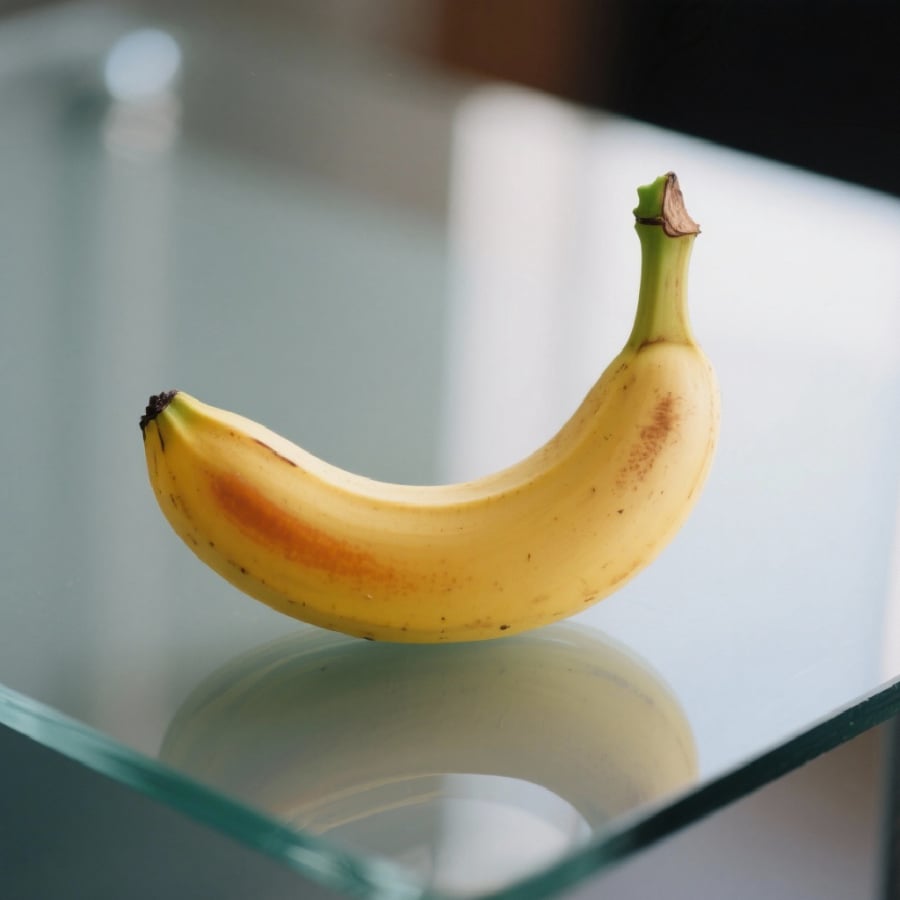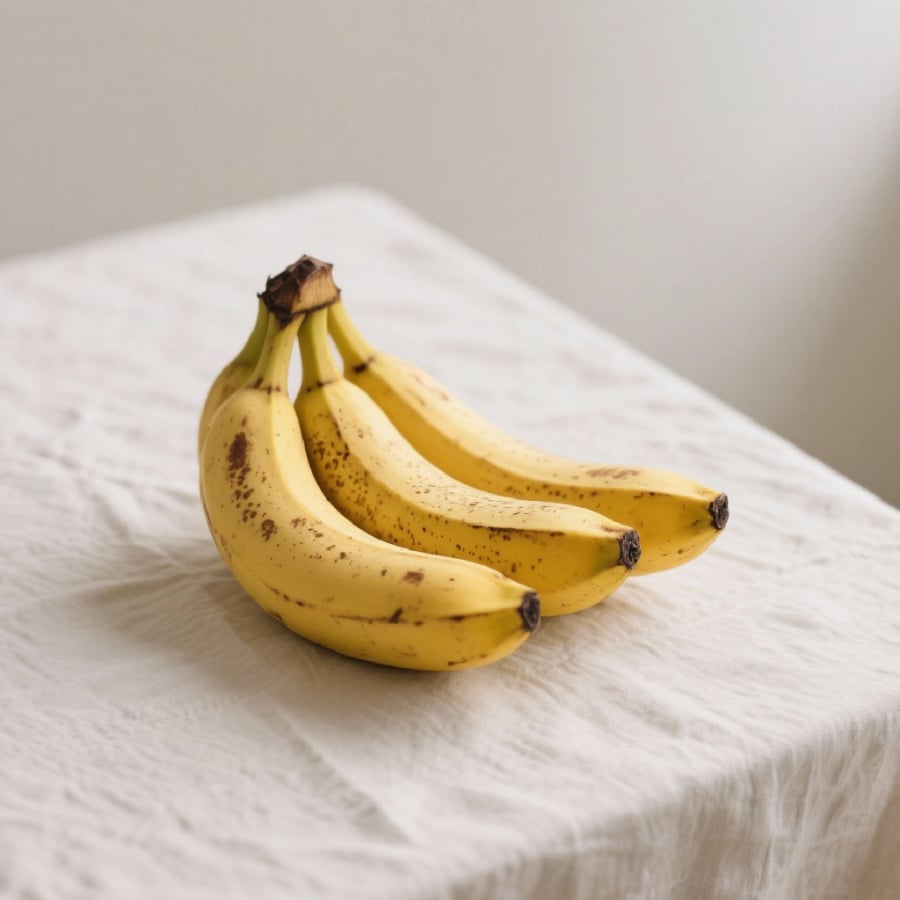Nutritional Composition of Bananas
A medium-sized banana (118 grams) packs 105 calories, 27 grams of carbohydrates, and 1.3 grams of protein. Of the 27 grams of carbohydrates, 3 grams are dietary fiber, and over 14 grams are natural sugars. Bananas are also a good source of potassium, which is beneficial for blood pressure control. They contain essential nutrients such as vitamin C, magnesium, folate, choline, iron, vitamin B1, vitamin B2, and vitamin PP.
As a banana ripens, some of its starch content is converted into sugar. Comparatively, a ripe banana with brown spots on its peel tends to have higher sugar and lower fiber content than a greener banana of similar size.
The Many Health Benefits of Bananas
Green Bananas
Green bananas offer an array of health benefits. They are an excellent source of dietary fiber, containing several times more fiber than ripe bananas. This is due to their higher resistant starch content.
Resistant starch has been linked to improved constipation and bowel movement regulation. It also serves as food for beneficial gut bacteria, promoting smooth digestion and supporting weight loss. According to a 2018 study, obese or overweight men who consumed more resistant starch at breakfast or lunch tended to consume fewer calories at dinner. This aids in effective weight management and reduces excess fat accumulation. Additionally, resistant starch helps maintain stable blood sugar levels since it is not digested in the small intestine but is fermented in the large intestine.
Partially Ripe Bananas
A partially ripe banana has a light yellow peel (with a slightly green cap). At this stage, the banana boasts the highest fiber content and lowest carbohydrate level. Eating this type of banana can help regulate blood sugar levels because the fiber slows down the absorption of sugar into the bloodstream. Partially ripe bananas and green bananas offer similar health benefits.
These bananas are rich in fiber, which promotes the growth of beneficial gut bacteria. As a result, digestive issues are improved.

Ripe Bananas
A ripe banana has a fully yellow peel, with the cap also turning yellow, but no brown spots (or very few). At this stage, the banana’s starch and sweetness levels are well-balanced. Essential nutrients such as vitamin B6, potassium, and antioxidants are at their peak.
Potassium is crucial for regulating blood pressure, reducing the risk of heart attacks and strokes. It also helps maintain fluid balance in the body, which is essential for joint health. Vitamin B6 improves kidney function, lowers the risk of cardiovascular disease, and alleviates premenstrual symptoms.

Overripe Bananas
Overripe bananas have a soft, yellow peel with brown spots, but the flesh is not mushy. At this stage, the banana has a more pronounced sweetness, and some resistant starch has been lost (converted into sugar). Overripe bananas still offer numerous nutritional benefits and are great for health.
You can use overripe bananas to make smoothies, bake goods, or combine them with yogurt and other fruits. Substituting refined sugar with overripe bananas in recipes is a natural way to add sweetness.
Who Should Avoid Eating Bananas
People with Diabetes
Individuals with diabetes should limit their consumption of fruits with a high glycemic index, such as bananas. A medium-sized banana can provide approximately 26 grams of carbohydrates. However, people with diabetes should aim for around 15 grams of carbs per meal. This means that half a banana is sufficient to meet their carb needs.
People with Stomach Issues
Those with stomach problems should avoid eating ripe bananas. For other types of bananas, it is recommended to consume them in moderation when hungry. The high pectin content in bananas can increase stomach acid, leading to erosion of the stomach mucosa and causing stomach pain, ulcers, and other discomforts.
Additionally, the high starch content, fructose intolerance, and irritable bowel syndrome may contribute to stomach issues for some individuals after consuming bananas.
Overweight or Obese Individuals
While overweight or obese individuals can eat bananas, they should be mindful of their intake. Two bananas can provide approximately 300 calories. It is recommended to consume a maximum of two bananas per day, considering other fruit intake. If other fruits have been consumed, it is best to refrain from eating bananas additionally.
Moreover, as bananas ripen, their sugar content increases, making them more likely to contribute to weight gain. Therefore, overweight or obese individuals should also avoid eating too many ripe bananas.
People with Kidney Disease
Bananas are rich in potassium, which can negatively affect individuals with reduced kidney function. For those with kidney disease, consuming excessive amounts of potassium can lead to a dangerous condition known as hyperkalemia, or high potassium levels in the blood.































